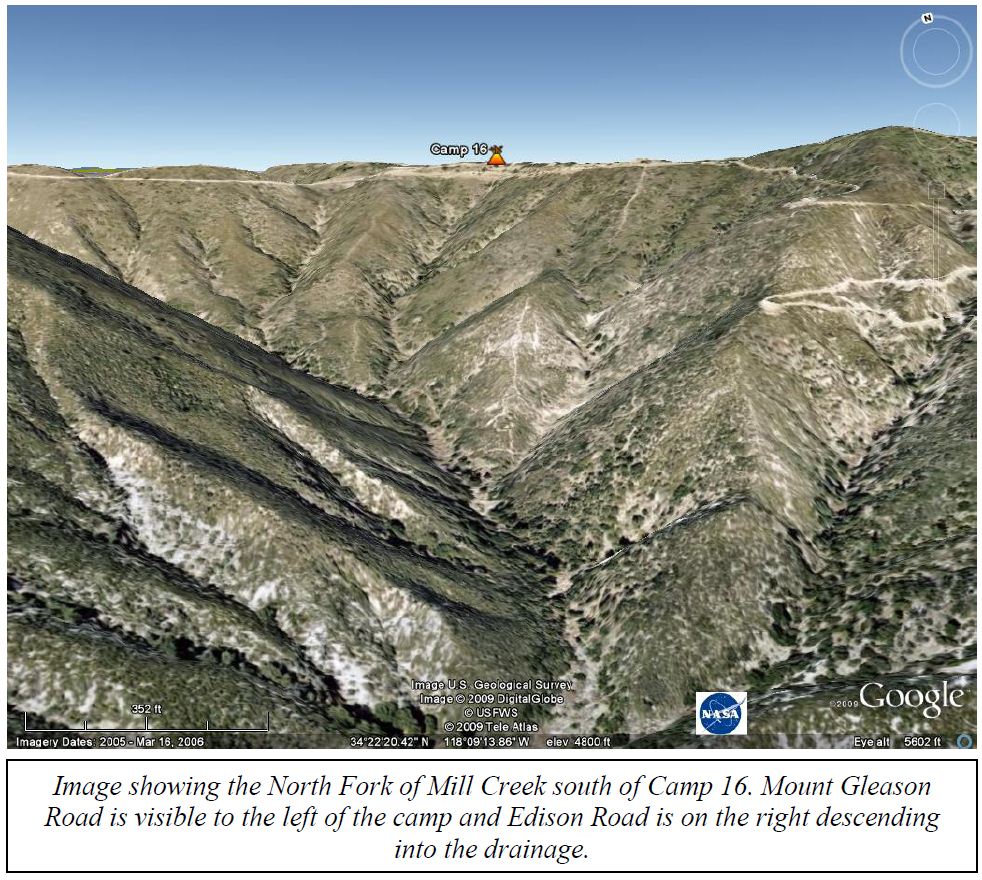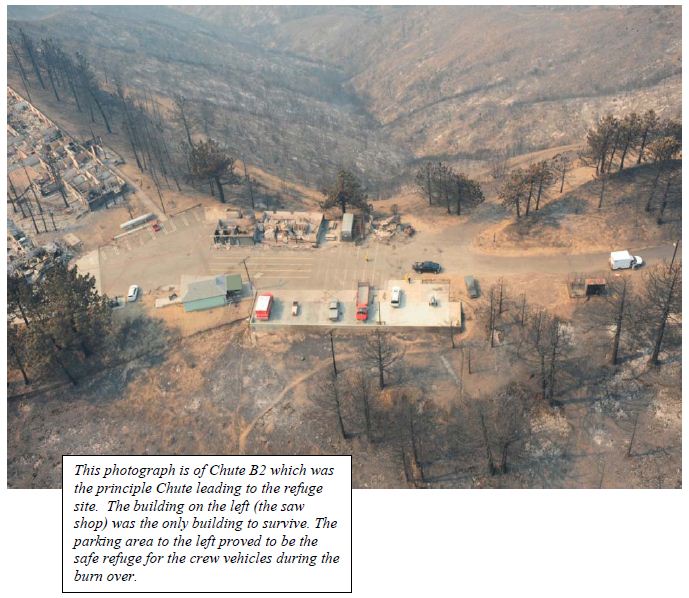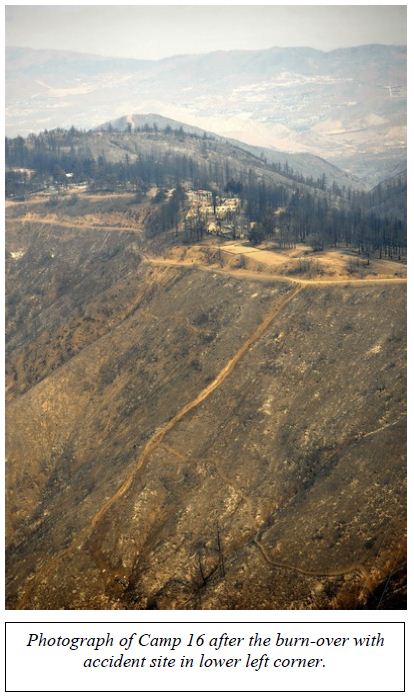This week four five states are observing Wildfire Awareness Week: California, Nevada, Oregon, Washington, and Alaska. We did some research and were able to find 12 states that in recent years have observed a week to emphasize wildfire prevention. Unfortunately the dates for the week are scattered from the second week in April through late June. If there were agreement for all states to observe it at the same time each year, there could be national fire prevention campaigns to raise public awareness. Synergy.
In a step towards this goal, this year the states of California, Nevada, and Oregon jointly proclaimed May 1-8 (or 2-8) as “Multi-State Wildfire Awareness Week”. We suggest that other states make it their policy to declare the first full week in May as “Wildfire Awareness Week”. Or perhaps it could be a month or so earlier to accommodate the spring fire seasons of some areas. The National Association of State Foresters should coordinate this fire prevention opportunity.
- Alaska: May 3-9, 2010
- Arizona: (In Flagstaff [only?] it was April 24-May 1, 2010; In 2008 both NM and AZ had a joint WAW March 29-April 4, 2008)
- California: first week in May, May 2-8, 2010
- Colorado: (In 2008 it was June 22-28)
- Florida: second week in April, April 11-17, 2010
- Idaho: first full week in June
- Maine: third week in April
- Michigan: April 18-24, 2010
- Montana: (In 2008 it was May 12-16)
- New Mexico: March 28-April 3, 2010
- Nevada: May 1-8, 2010
- Oregon: (first full week of May) May 2-8, 2010
- Pennsylvania: March 14-20, 2010
- Texas: (in 2006 it was April 1-8)
- Washington: May 2-8, 2010
If you are aware of any other states that observe Wildfire Awareness Week, let us know in a response or comment. We’ll add the additional dates as they come in.



